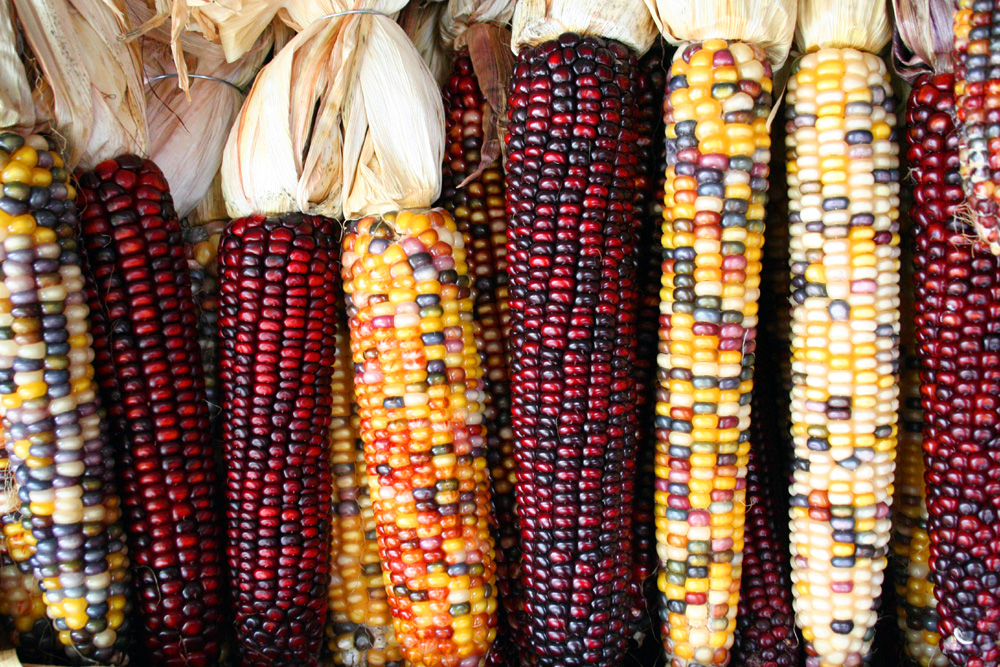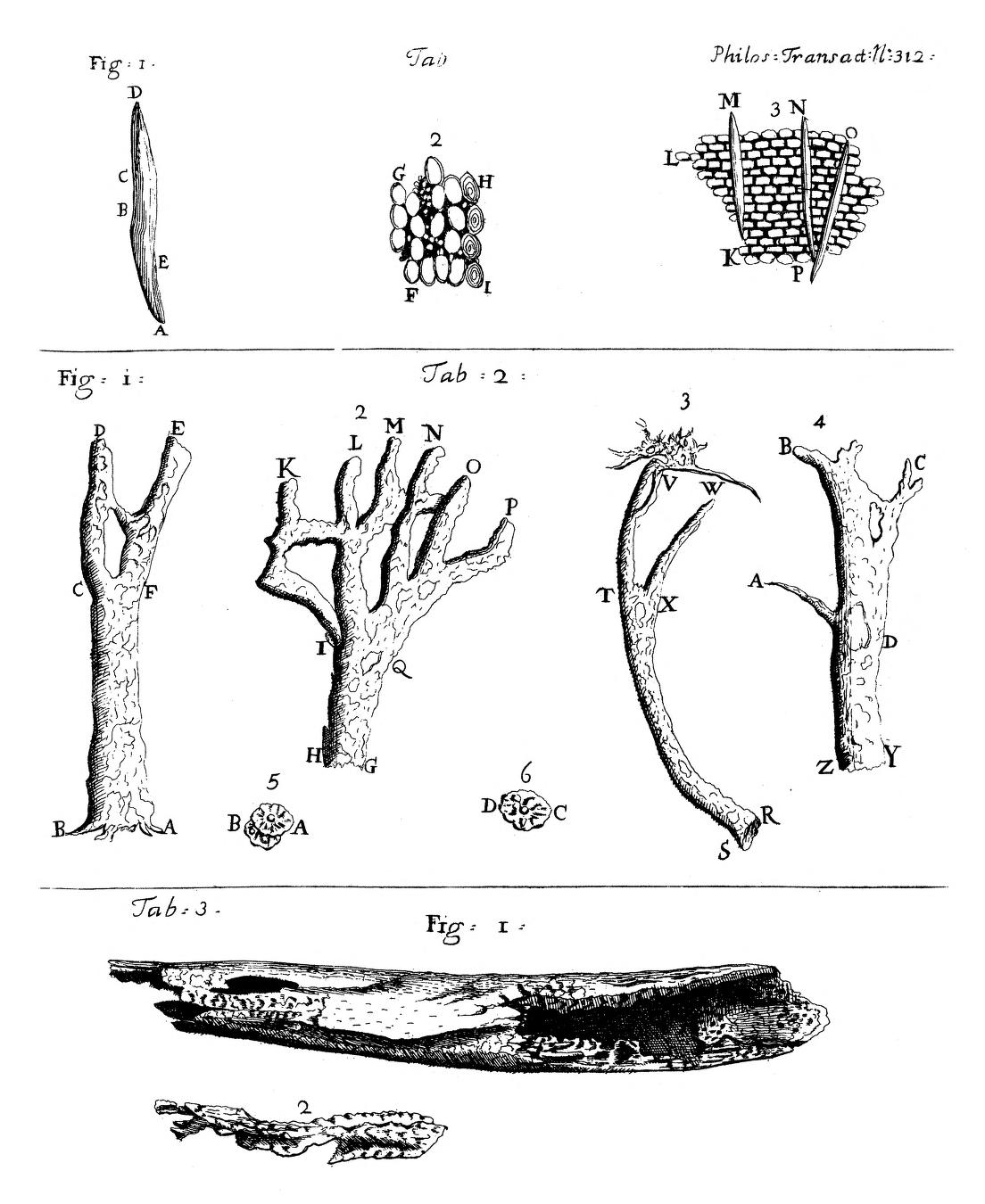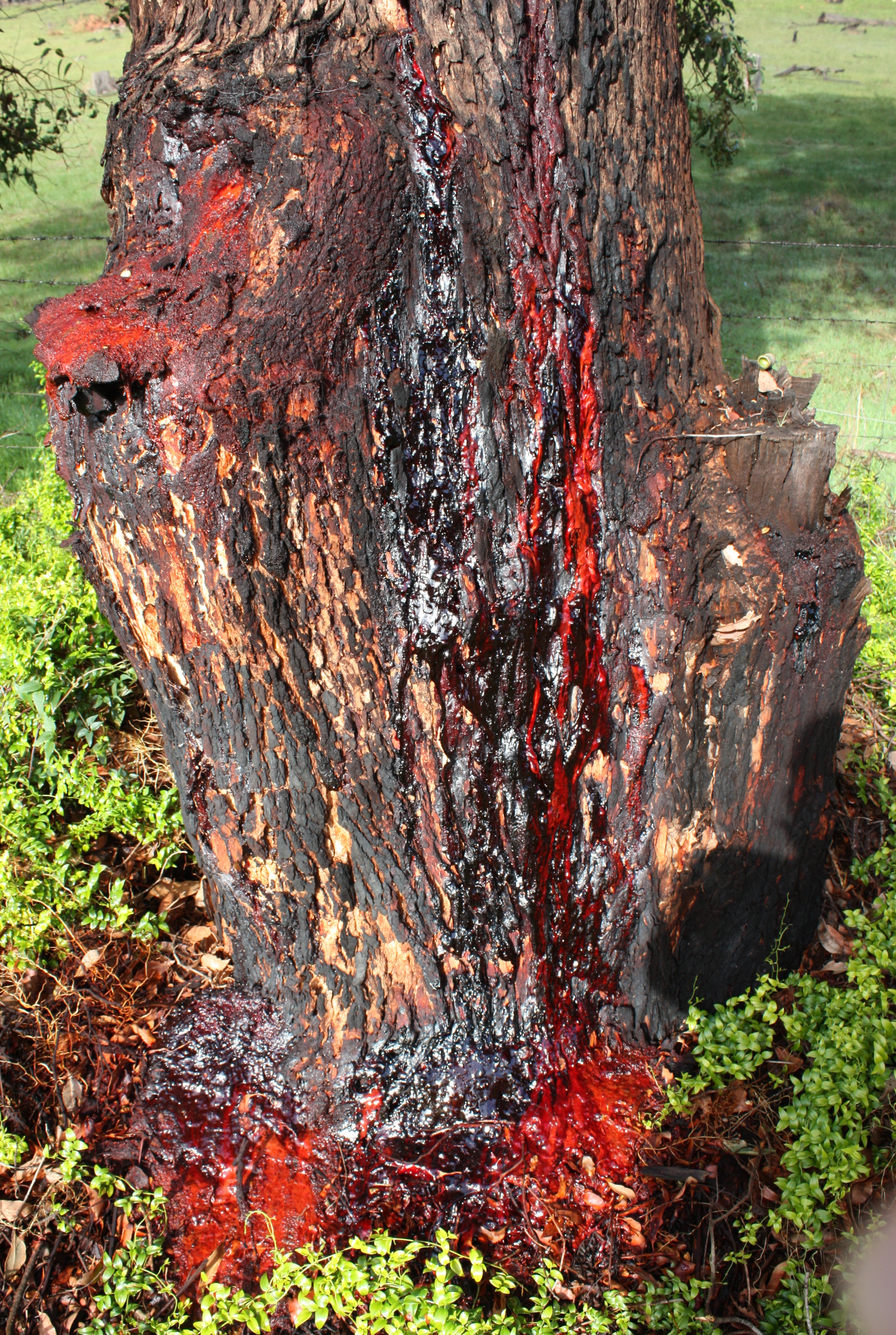|
Phlobaphen
Phlobaphenes (or phlobaphens, CAS No.:71663-19-9) are reddish, alcohol-soluble and water-insoluble phenolic substances. They can be extracted from plants, or be the result from treatment of tannin extracts with mineral acids (tanner's red). The name ''phlobaphen'' come from the Greek roots φλoιὀς (''phloios'') meaning bark and βαφή (''baphe'') meaning dye. No biological activities have currently been reported for phlobaphenes. Phlobaphenes from hawthorn fruits (''Fructus Crataegi'') may have a specific action on the coronary circulation. They are converted into humins in soils. Naturally formed phlobaphenes Natural phlobaphenes are the common bark, pericarp, cob glume and seed coat (''testa'') pigments. They have not been found in flowers, unless the brown and black pigments in the involucrum of certain compositae are found to be of the phlobaphene type. In bark, phlobaphenes accumulate in the phellem layer of cork cambium, part of the suberin mixture. Occurrence ... [...More Info...] [...Related Items...] OR: [Wikipedia] [Google] [Baidu] |
Kinotannic Acid
Kinotannic acid is the chief constituent of the kino gum, of which it contains 70 to 80 per cent. Kino also contains kino red, a phlobaphene produced from kinotannic acid by oxidation. It is closely related to the tannin from catechu ( or ) is an extract of acacia trees used variously as a food additive, astringent, tannin, and dye. It is extracted from several species of ''Acacia'', but especially ''Senegalia catechu'' (''Acacia catechu''), by boiling the wood in water ...; its non-glucosidal nature was established by Bergholz. Properties When dry distilled it yields pyrocatechine and protocatechinic acid. It is soluble in water. Solutions are precipitated by lead or copper salts. Kinotannic acid is degraded by oxidation when exposed to air. References Tannins {{polyphenol-stub ... [...More Info...] [...Related Items...] OR: [Wikipedia] [Google] [Baidu] |
Cinchona Officinalis 001
''Cinchona'' (pronounced or ) is a genus of flowering plants in the family Rubiaceae containing at least 23 species of trees and shrubs. All are native to the tropical Andean forests of western South America. A few species are reportedly naturalized in Central America, Jamaica, French Polynesia, Sulawesi, Saint Helena in the South Atlantic, and São Tomé and Príncipe off the coast of tropical Africa, and others have been cultivated in India and Java, where they have formed hybrids. ''Cinchona'' has been historically sought after for its medicinal value, as the bark of several species yields quinine and other alkaloids. These were the only effective treatments against malaria during the height of European colonialism, which made them of great economic and political importance. Trees in the genus are also known as fever trees because of their anti-malarial properties. The artificial synthesis of quinine in 1944, an increase in resistant forms of malaria, and the emergence of ... [...More Info...] [...Related Items...] OR: [Wikipedia] [Google] [Baidu] |
Kino (gum)
Kino is a botanical gum produced by various trees and other plants, particularly bloodwood species of eucalypts (''Angophora'', ''Corymbia'', ''Eucalyptus'') and ''Pterocarpus'', in reaction to mechanical damage, and which can be tapped by incisions made in the trunk or stalk. Many ''Eucalyptus'', ''Angophora'' and ''Corymbia'' species are commonly referred to as 'bloodwoods', as the kino usually oozes out a very dark red colour. Kino flow in angiosperms contrasts with resin flow in conifers. The word ''kino'' is of Indian origin. In Australia, "red gum" is a term for kino from bloodwood trees and red acaroid resin from ''Xanthorrhoea'' spp. Composition Astringent tannin compounds are a major active component of kinos.Edited by Pearsall, J., and Trumble, B., ''The Oxford English Reference Dictionary'', Oxford University Press, Second Edition, 1996, The chief constituent of kino is kinotannic acid, of which it contains 70 to 80 per cent. It also contains kino red, a phlobap ... [...More Info...] [...Related Items...] OR: [Wikipedia] [Google] [Baidu] |
Kola Nut
The term kola nut usually refers to the seeds of certain species of plant of the genus ''Cola'', placed formerly in the cocoa family Sterculiaceae and now usually subsumed in the mallow family Malvaceae (as subfamily Sterculioideae). These cola species are trees native to the tropical rainforests of Africa. Their caffeine-containing seeds are used as flavoring ingredients in beverages applied to various carbonated soft drinks, from which the name ''cola'' originates. General description The kola nut is a caffeine-containing nut of evergreen trees of the genus ''Cola'', primarily of the species '' Cola acuminata'' and '' Cola nitida''. ''Cola acuminata'', an evergreen tree about 20 meters in height, has long, ovoid leaves pointed at both the ends with a leathery texture. The trees have cream flowers with purplish-brown striations, and star-shaped fruit consisting of usually 5 follicles. Inside each follicle, about a dozen prismatic seeds develop in a white seed-shell. The nu ... [...More Info...] [...Related Items...] OR: [Wikipedia] [Google] [Baidu] |
Common Tormentil
''Potentilla erecta'' (syn. ''Tormentilla erecta'', ''Potentilla laeta'', ''Potentilla tormentilla'', known as the (common) tormentil, septfoil or erect cinquefoil ) is a herbaceous perennial plant belonging to the rose family (Rosaceae). Description ''Potentilla erecta'' is a low, clump-forming plant with slender, procumbent to arcuately upright stalks, growing tall and with non-rooting runners. It grows wild predominantly in Europe and western and is listed as a species of least concern. It is very common in grasslands, heaths, moors and mountains, bogs including roadsides and pastures, mostly on acidic soils but avoiding chalk. It is a component of British National Vegetation Classification community M25 (''Molinia caerulea''–''Potentilla erecta'' mire). North America In North America ''Potentilla erecta'' is found in the east as an introduced species. Uses The rhizomatous root is thick. It has little value for food use because of its bitterness and low caloric value. ... [...More Info...] [...Related Items...] OR: [Wikipedia] [Google] [Baidu] |
Quercitannic Acid
Quercitannic acid is one of the two forms of tannic acid found in oak bark and leaves. The other form is called gallotannic acid and is found in oak galls. The quercitannic acid molecule is also present in quercitron, a yellow dye obtained from the bark of the Eastern black oak (''Quercus velutina''), a forest tree indigenous in North America. It is described as a yellowish brown amorphous substance. In 1838, Jöns Jacob Berzelius wrote that quercitannate is used to dissolve morphine. In 1865 in the fifth volume of "A dictionary of chemistry", Henry Watts wrote : It exhibits with ferric salts the same reactions as gallotannic acid. It differs however from the latter in not being convertible into gallic acid, and not yielding pyrogallic acid by dry distillation. It is precipitated by sulfuric acid in red flocks. ( Stenhouse, Ann. Ch. Pharm. xlv. 16.) According to Rochleder (ibid lxiii. 202), the tannic acid of black tea is the same as that of oak-bark. In 1880, Etti gave for it ... [...More Info...] [...Related Items...] OR: [Wikipedia] [Google] [Baidu] |
Cinchotannic Acid
Cinchotannic acid is a tannin contained in many cinchona barks, which by oxidation Redox (reduction–oxidation, , ) is a type of chemical reaction in which the oxidation states of substrate change. Oxidation is the loss of electrons or an increase in the oxidation state, while reduction is the gain of electrons or a ... rapidly yields a dark-coloured phlobaphene called ''red cinchonic'', ''cinchono-fulvic acid'' or ''cinchona red''. References Tannins {{aromatic-stub ... [...More Info...] [...Related Items...] OR: [Wikipedia] [Google] [Baidu] |
Cinchona
''Cinchona'' (pronounced or ) is a genus of flowering plants in the family Rubiaceae containing at least 23 species of trees and shrubs. All are native to the tropical Andean forests of western South America. A few species are reportedly naturalized in Central America, Jamaica, French Polynesia, Sulawesi, Saint Helena in the South Atlantic, and São Tomé and Príncipe off the coast of tropical Africa, and others have been cultivated in India and Java, where they have formed hybrids. ''Cinchona'' has been historically sought after for its medicinal value, as the bark of several species yields quinine and other alkaloids. These were the only effective treatments against malaria during the height of European colonialism, which made them of great economic and political importance. Trees in the genus are also known as fever trees because of their anti-malarial properties. The artificial synthesis of quinine in 1944, an increase in resistant forms of malaria, and the emergence of ... [...More Info...] [...Related Items...] OR: [Wikipedia] [Google] [Baidu] |
Corncob
A corncob, also called corn cob, cob of corn or corn on the cob, is the central core of an ear of corn (also known as maize). It is the part of the ear on which the kernels grow. The ear is also considered a "cob" or "pole" but it is not fully a "pole" until the ear is shucked, or removed from the plant material around the ear. Young ears, also called baby corn, can be consumed raw, but as the plant matures the cob becomes tougher until only the kernels are edible. When harvesting corn, the corncob may be collected as part of the ear (necessary for corn on the cob), or instead may be left as part of the corn stover in the field. The innermost part of the cob is white and has a consistency similar to foam plastic. Uses Corncobs find use in the following applications: * Industrial source of the chemical furfural * Fiber in fodder for ruminant livestock (despite low nutritional value) Other applications include: * Bedding for animals – cobs absorb moisture and pro ... [...More Info...] [...Related Items...] OR: [Wikipedia] [Google] [Baidu] |
Quercitron
Quercitron is a yellow natural dye obtained from the bark of the Eastern Black Oak (''Quercus velutina''), a forest tree indigenous in North America. It was formerly called Dutch pink, English pink, or Italian pink. The name is a shortened form of quercicitron, from Latin ''quercus'', oak, and ''citron'', lemon, and was invented by Edward Bancroft (1744–1821), who by act of parliament in 1785 was granted special privileges in regard to the importation and use of the substance. The dyestuff is prepared by grinding the bark in mills after it has been freed from its black epidermal layer, and sifting the product to separate the fibrous matter, the fine yellow powder which remains forming the quercitron of commerce. The ruddy-orange decoction of quercitron contains quercitannic acid, whence its use in tanning, and an active dyeing principle, quercitrin, C21H20O11. The latter substance is a glycoside, and in aqueous solution under the influence of mineral acids it yields quer ... [...More Info...] [...Related Items...] OR: [Wikipedia] [Google] [Baidu] |
Greek And Latin Roots In English
The English language uses many Greek and Latin roots, stems, and prefixes. These roots are listed alphabetically on three pages: * Greek and Latin roots from A to G * Greek and Latin roots from H to O * Greek and Latin roots from P to Z. Some of those used in medicine and medical technology are listed in the List of medical roots, suffixes and prefixes. See also * Classical compound * English words of Greek origin * English prefixes * Greek language * Hybrid word * Interlingua * International scientific vocabulary * Latin * Latin influence in English * '' Lexicon Mediae et Infimae Latinitatis Polonorum'' * List of Greek phrases * List of Latin abbreviations * List of Latin and Greek words commonly used in systematic names * List of Latin legal terms * List of Latin phrases * List of Latin words with English derivatives * List of Latinised names * Romanization (cultural) Romanization or Latinization (Romanisation or Latinisation), in the historical and cultural mean ... [...More Info...] [...Related Items...] OR: [Wikipedia] [Google] [Baidu] |
Corymbia Calophylla Kino
''Corymbia'', commonly known as bloodwoods, is a genus of about one hundred species of tree that, along with ''Eucalyptus'', ''Angophora'' and several smaller groups, are referred to as eucalypts. Until 1990, corymbias were included in the genus ''Eucalyptus'' and there is still considerable disagreement among botanists as to whether separating them is valid. As of January 2020, ''Corymbia'' is an accepted name at the Australian Plant Census. Description Eucalypts in the genus ''Corymbia'' are trees, sometimes mallee-like, that either have rough, fibrous or flaky bark, or smooth bark that is shed in small flakes or short strips. Young plants and coppice regrowth have leaves that differ from adult leaves. The adult leaves are arranged alternately (strictly disjunct opposite, but appearing alternate), with oil glands. The flower buds are arranged in groups on a branching peduncle, each branch usually with seven buds, but with the pedicels of differing lengths, so that the inflor ... [...More Info...] [...Related Items...] OR: [Wikipedia] [Google] [Baidu] |




.jpg)

